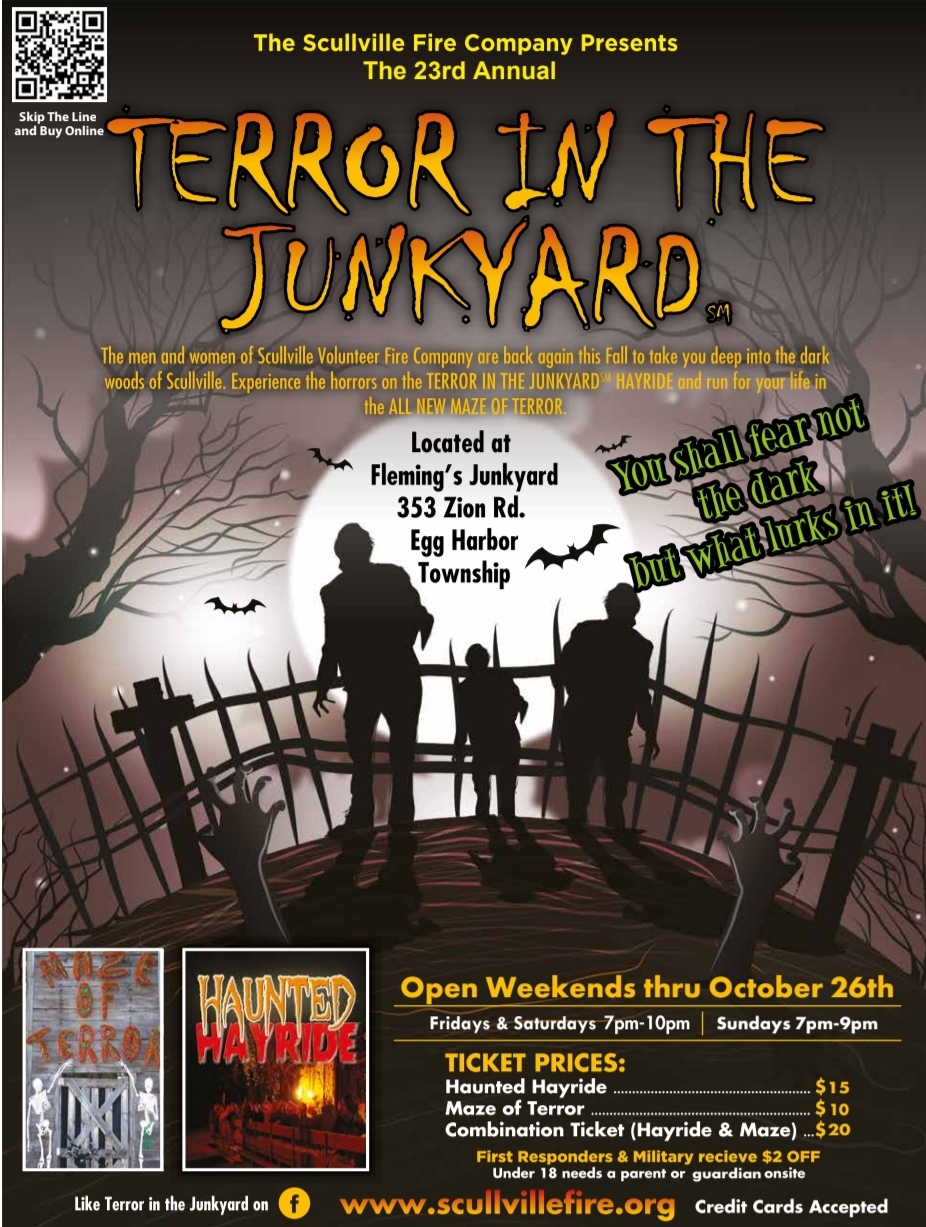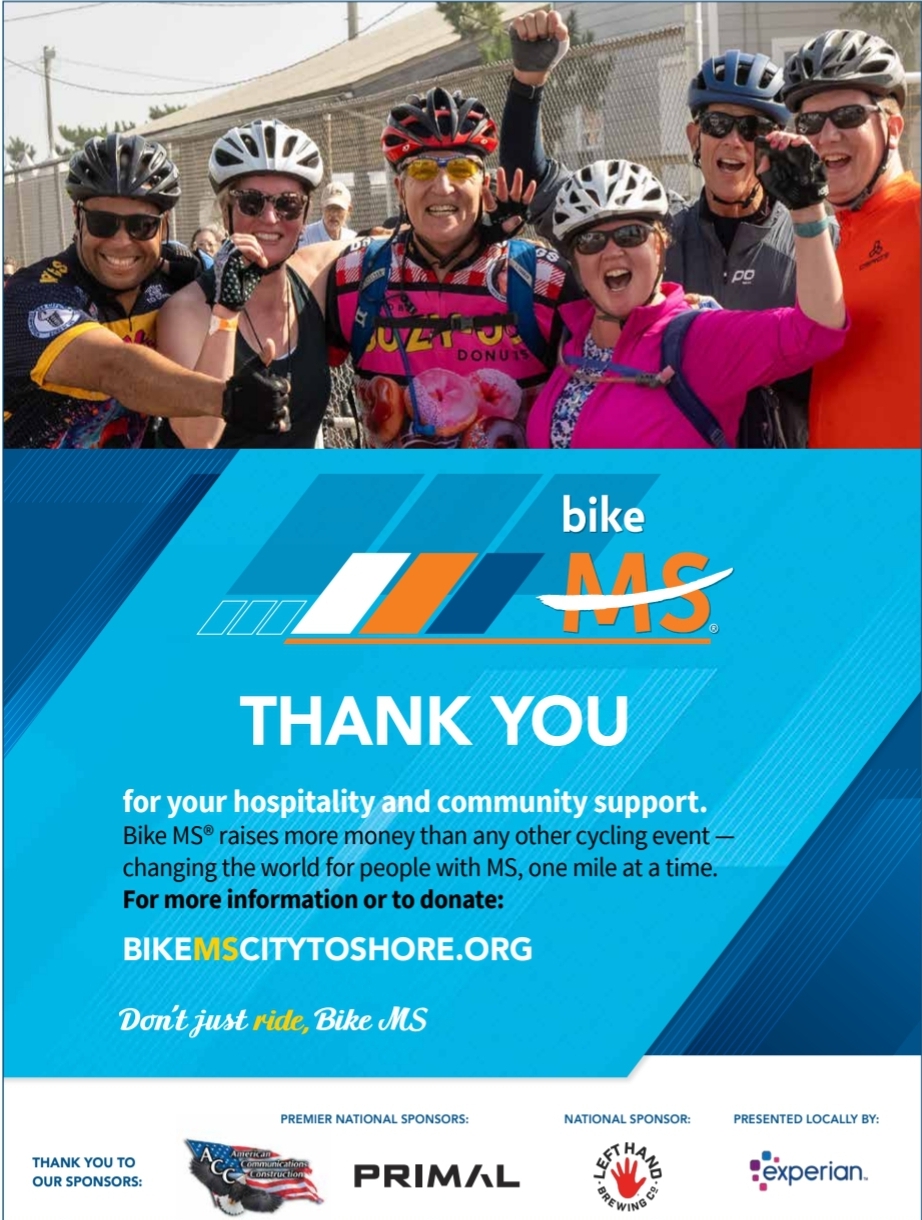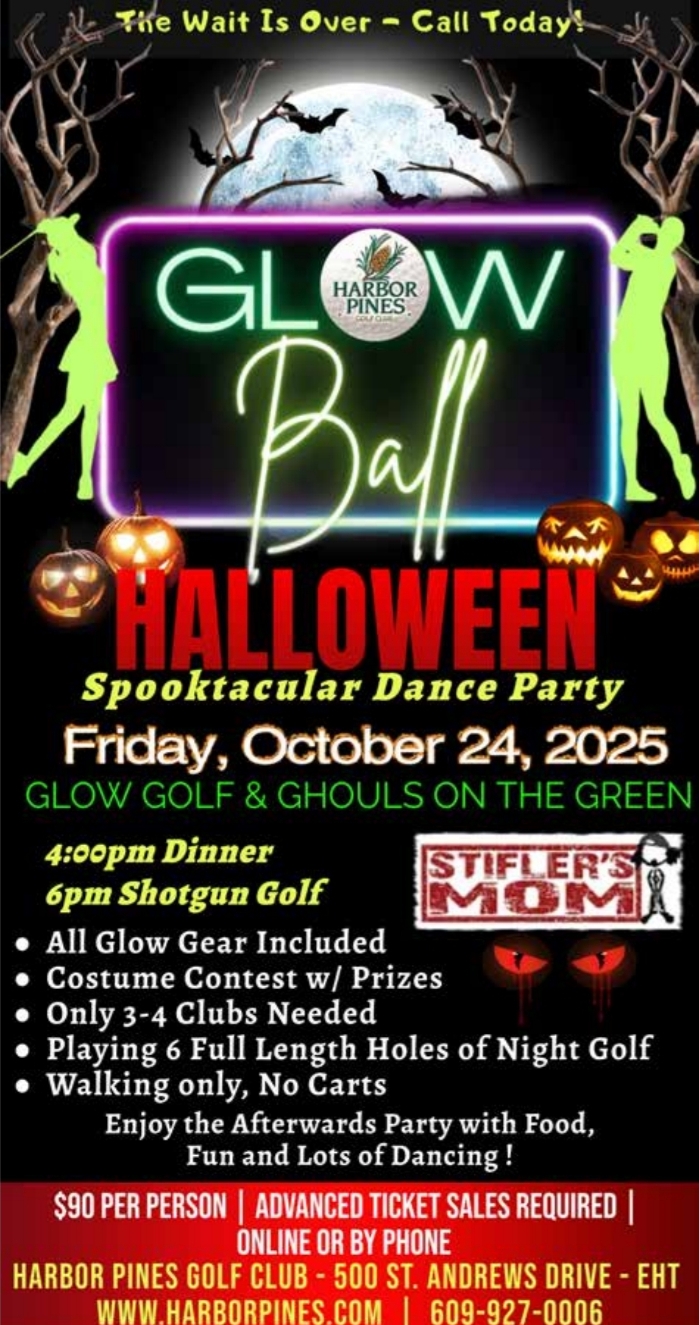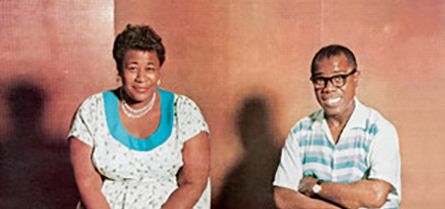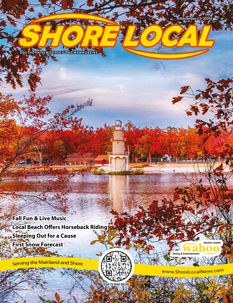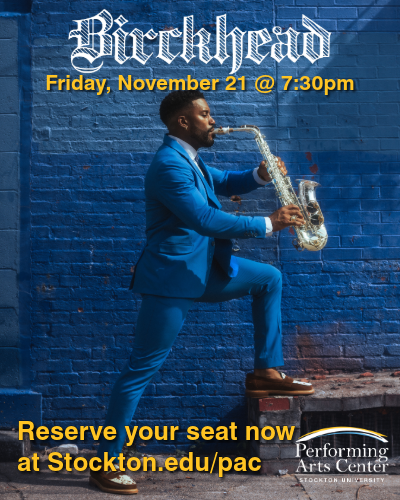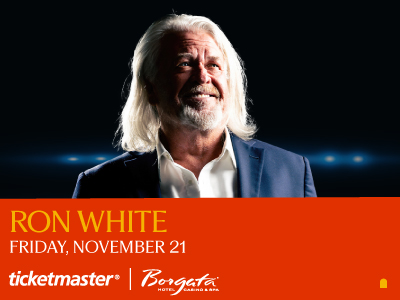It was one of those “can’t-miss” bookings that should have been a sure thing: Book three of the biggest stars in jazz – names that had wide public appeal – put them on the same stage in a world-class theater located in America’s most popular resort destination, and just sit back and count the box office receipts.
It didn’t turn out that way.
The stars were Louis Armstrong, Lionel Hampton and Ella Fitzgerald, and the venue was the Warner Theatre on the Atlantic City Boardwalk.
The time was the summer of 1957. Though the Warner, later renamed the Warren, was owned at that time by the Steel Pier’s George Hamid, it seems that Hamid didn’t book that show, at least according to Gordon Spencer, who was broadcasting on the Atlantic City-based WOND radio station at the time. Records show that Hampton, according to Spencer, actually produced the show, meaning that he likely rented the theater in what is commonly known as a “four-wall” arrangement.
This isn’t surprising as Hamid didn’t book a lot of Black performers at his Steel Pier. While the Ink Spots were booked as a supporting act for a weekend in 1940, it wasn’t until 1951 that a Black headliner, Billy Eckstine, was booked there. Although Sarah Vaughan performed at the Pier in 1956, Ella Fitzgerald was never booked and Lionel Hampton was booked in 1970, long after the Pier’s heyday. Louis Armstrong only appeared there twice in his later years; in 1965 and 1967.
This is not to say that Hamp, Ella and Armstrong did not have history in Atlantic City prior to the summer of 1957. Hampton, it is said, composed his big hit, “Flying Home,” while flying from Los Angeles to a booking at Atlantic City’s Club Harlem in 1940.
Fitzgerald worked in Atlantic City as early as 1939 with drummer Chick Webb’s big band, just weeks after the legendary drummer’s passing, in a concert at Convention Hall sponsored by the Arctic Avenue Branch of the YMCA. It’s been reported that Fitzgerald worked not only at Club Harlem in the 1940s and 1950s, but also at the famed Grace’s Little Belmont. Because of her frequent appearances in the city through the years, and because of her substantial contributions to the arts, Ella Fitzgerald was awarded the Key to the City in 1996.
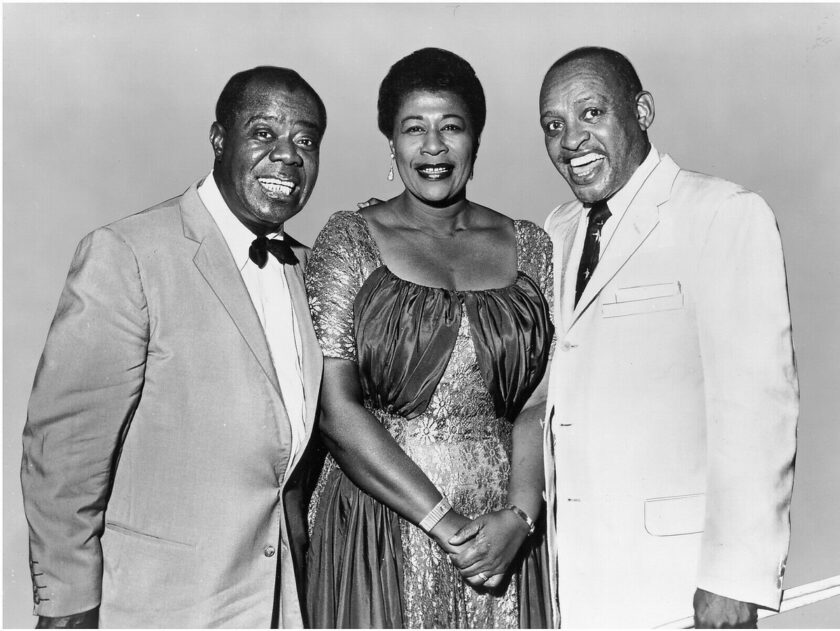
Louis Armstrong’s association with Atlantic City was minimal through the years as he was busy making films in Hollywood, appearing at the country’s top night spots and globe-trotting all over the world.
In 1944, however, he did appear in a “B” movie called “Atlantic City Honeymoon,” which also starred Dorothy Dandridge. Armstrong’s spots in the film, among the last filmed records of the trumpeter with his big band before he gave up the large ensemble for a small group, were sadly not filmed in Atlantic City, despite the film’s title.
The summer of 1957 was a big one for entertainment in Atlantic City. The Diamonds singing group, vocalist Steve Lawrence, and the Woody Herman Big Band, were booked at the Steel Pier. There was plenty of jazz to be heard on Kentucky Avenue and elsewhere, and many of the major hotels had dance bands and other regional performers. And that summer, the 500 Club presented a slate of headliners that included Tony Bennett, Patti Page and Sammy Davis Jr., still billed back then as one-third of the Will Mastin Trio.
While there was plenty going on that summer in Atlantic City, Ella Fitzgerald and Louis Armstrong were riding high in the national popularity sweepstakes by way of their chart-topping recordings for Verve Records. Fitzgerald also became the first Black artist to headline at New York City’s Copacabana nightclub in that year. She also filmed a segment for a Hollywood biography of W.C. Handy.
Lionel Hampton was also doing very well. He was named an American Goodwill Ambassador by President Dwight D. Eisenhower in 1957, starred in the film “Mister Rock and Roll: The Alan Freed Story,” and the year before, had a sizable role in “The Benny Goodman Story,” released by Universal Pictures.
Hampton, Fitzgerald and Armstrong on the same Atlantic City stage. What could go wrong?
The Warner Theater seated 4,000 people, yet because of the competition, the fact that July 9, 1957 was a Tuesday night, and perhaps because this was an all-Black show and segregation was still the order of the day in Atlantic City, the house was only half-filled. Making matters worse, during the first show, according to Fitzgerald biographer Judith Tick, “An audience member rushed onstage and attacked her.”
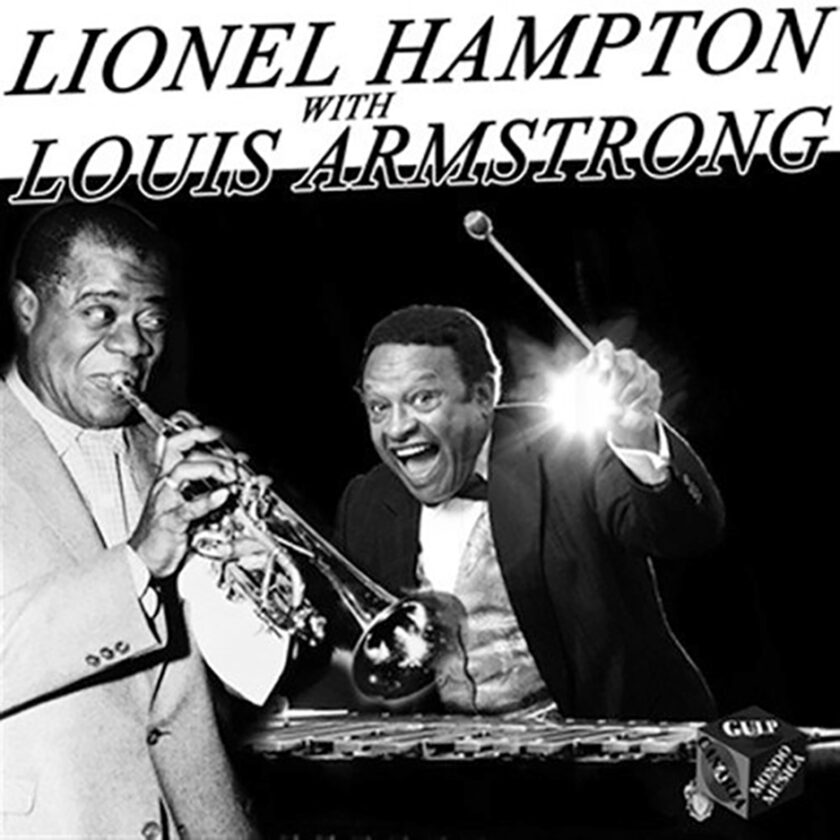
According to press reports, the attacker was William Edward Fitzgerald, a psychotic drug addict who mistook her for his errant wife. Nevertheless, Fitzgerald handled her second show, and the incident became another experience to be scatted away.
It could have been because the incident was deemed “minor” or maybe it was just the racial climate in Atlantic City’s summer of 1957, but there were no local press reports from that time about what happened at the Warner that Tuesday night. Additionally, as strange as it seems, given the star power of the three, no posters or other publicity materials, except for one photo of the three performers together, survive from what should have been regarded, then and now, as a legendary engagement.
But Louis Armstrong did not forget what happened that night. Two weeks after their show in Atlantic City, Armstrong and Fitzgerald were recording a follow-up to their successful recording together, which would be called “Ella and Louis Again.”
The two were recording “Stompin’ at the Savoy,” an old swing era warhorse. “In their rendition of ‘Savoy,’” wrote Judith Tick, “a five-minute tour de force romp about the good old days, Armstrong said, ‘One more, Ella, one more,’ goading her into an extra chorus. ‘What’ll we do, what’ll we do?’ she asked. ‘One more, don’t grab your coat now.’ Then he ad-libbed, ‘When we were in Atlantic City – no, we won’t talk about that!’ Yes, that is on the record.”
Pops never forgot. Or forgave.
Bruce Klauber is the author of four books, an award-winning music journalist, concert and record producer and publicist, producer of the Warner Brothers and Hudson Music “Jazz Legends” film series, and performs both as a drummer and vocalist.

